Tan Blue Granite
 India
India
Tan Blue Granite is a kind of brown granite quarried in India. This stone is especially good for Countertops, monuments, mosaic, exterior - interior wall and floor applications, fountains, pool and wall capping, stairs, window sills and other design projects. It also called Sapphire Blue Granite, Tan Brown Granite, Sapphire Brown Granite . Tan Blue Granite can be processed into Polished, Sawn Cut, Sanded, Rockfaced, Sandblasted, Tumbled and so on.

What are the properties of Tan Blue Granite?

What is the temperature resistance of Tan Blue Granite?

How do I make Tan Blue Granite stairs less slippery?

Is Tan Blue Granite good for terrace flooring?

Will Tan Blue Granite fireplace crack under heat?

Can India's Tan Blue Granite be used outdoors?

Is Tan Blue Granite OK for a fireplace hearth?

How thick is India's Tan Blue Granite slabs?

What is a standard edge on Tan Blue Granite countertop?

Can India's Tan Blue Granite be used exterior applications in very rainy climates?

Is Tan Blue Granite steps slip resistant?

Is India's Tan Blue Granite an expensive stone?

What is a leathered finish on Tan Blue Granite slab?

How does Tan Blue Granite get leathered finish?

Can India's Tan Blue Granite be used in wall coverings?

Is Tan Blue Granite good for fireplaces?

How do I seal Tan Blue Granite floors?

What grade is India's Tan Blue Granite?

Is Tan Blue Granite good for a headstone?

What is most popular edge for Tan Blue Granite countertop?

Does Tan Blue Granite patio floor need to be sealed?

Is Tan Blue Granite good for outdoor steps?

What is the coefficient of friction of Leathered India's Tan Blue Granite tiles?

Does Tan Blue Granite stain permanently?

How do I make a Tan Blue Granite gravestone shiny?

Does Tan Blue Granite withstand heat?

Does Tan Blue Granite countertop scratch easily?

What happens to Tan Blue Granite if I don't seal it?

What do I use for leathered Tan Blue Granite countertop cleaning?

How thick is Tan Blue Granite for fireplace?

What color cabinets go with Tan Blue Granite?

How do I know if my Tan Blue Granite needs to be sealed?

What do I use to polish Tan Blue Granite headstone?

Can India's Tan Blue Granite be used in a office?

Are there color variations of India's Tan Blue Granite?
-

 India
India
 Verified Supplier is for prove company authenticity,including business license,trade license and effective office space,to enhance buyers' trust to suppliers and their products, reducing communication costs.
Verified Supplier is for prove company authenticity,including business license,trade license and effective office space,to enhance buyers' trust to suppliers and their products, reducing communication costs.
Contact Supplier
-

-

Goldtop ( Xiamen ) Imp. & Exp. Co., Ltd.
 China
China
 8YRDiamond members are premium members on platform, providing members with comprehensive approach to promoting their products, increasing products exposure and investment return to maximize.
8YRDiamond members are premium members on platform, providing members with comprehensive approach to promoting their products, increasing products exposure and investment return to maximize.
 Verified Supplier is for prove company authenticity,including business license,trade license and effective office space,to enhance buyers' trust to suppliers and their products, reducing communication costs.
Verified Supplier is for prove company authenticity,including business license,trade license and effective office space,to enhance buyers' trust to suppliers and their products, reducing communication costs.
Contact Supplier
-

-

 China
China
 5YRDiamond members are premium members on platform, providing members with comprehensive approach to promoting their products, increasing products exposure and investment return to maximize.
5YRDiamond members are premium members on platform, providing members with comprehensive approach to promoting their products, increasing products exposure and investment return to maximize.
 Verified Supplier is for prove company authenticity,including business license,trade license and effective office space,to enhance buyers' trust to suppliers and their products, reducing communication costs.
Verified Supplier is for prove company authenticity,including business license,trade license and effective office space,to enhance buyers' trust to suppliers and their products, reducing communication costs.
Contact Supplier
-

 China
China
 12YRDiamond members are premium members on platform, providing members with comprehensive approach to promoting their products, increasing products exposure and investment return to maximize.
12YRDiamond members are premium members on platform, providing members with comprehensive approach to promoting their products, increasing products exposure and investment return to maximize.
 Verified Supplier is for prove company authenticity,including business license,trade license and effective office space,to enhance buyers' trust to suppliers and their products, reducing communication costs.
Verified Supplier is for prove company authenticity,including business license,trade license and effective office space,to enhance buyers' trust to suppliers and their products, reducing communication costs.
Contact Supplier
-

-

 China
China
 8YRDiamond members are premium members on platform, providing members with comprehensive approach to promoting their products, increasing products exposure and investment return to maximize.
8YRDiamond members are premium members on platform, providing members with comprehensive approach to promoting their products, increasing products exposure and investment return to maximize.
 Verified Supplier is for prove company authenticity,including business license,trade license and effective office space,to enhance buyers' trust to suppliers and their products, reducing communication costs.
Verified Supplier is for prove company authenticity,including business license,trade license and effective office space,to enhance buyers' trust to suppliers and their products, reducing communication costs.
Contact Supplier
-

 China
China
 16YRDiamond members are premium members on platform, providing members with comprehensive approach to promoting their products, increasing products exposure and investment return to maximize.
16YRDiamond members are premium members on platform, providing members with comprehensive approach to promoting their products, increasing products exposure and investment return to maximize.
 Verified Supplier is for prove company authenticity,including business license,trade license and effective office space,to enhance buyers' trust to suppliers and their products, reducing communication costs.
Verified Supplier is for prove company authenticity,including business license,trade license and effective office space,to enhance buyers' trust to suppliers and their products, reducing communication costs.
Contact Supplier
-

 India
India
 Verified Supplier is for prove company authenticity,including business license,trade license and effective office space,to enhance buyers' trust to suppliers and their products, reducing communication costs.
Verified Supplier is for prove company authenticity,including business license,trade license and effective office space,to enhance buyers' trust to suppliers and their products, reducing communication costs.
Contact Supplier
The request includes: 1. surface finished, size 2. quantity required






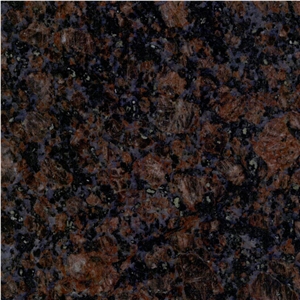
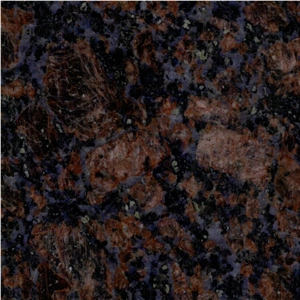
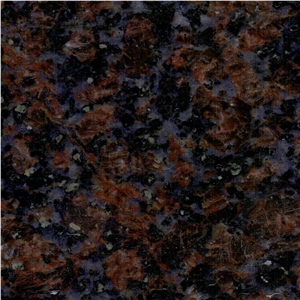
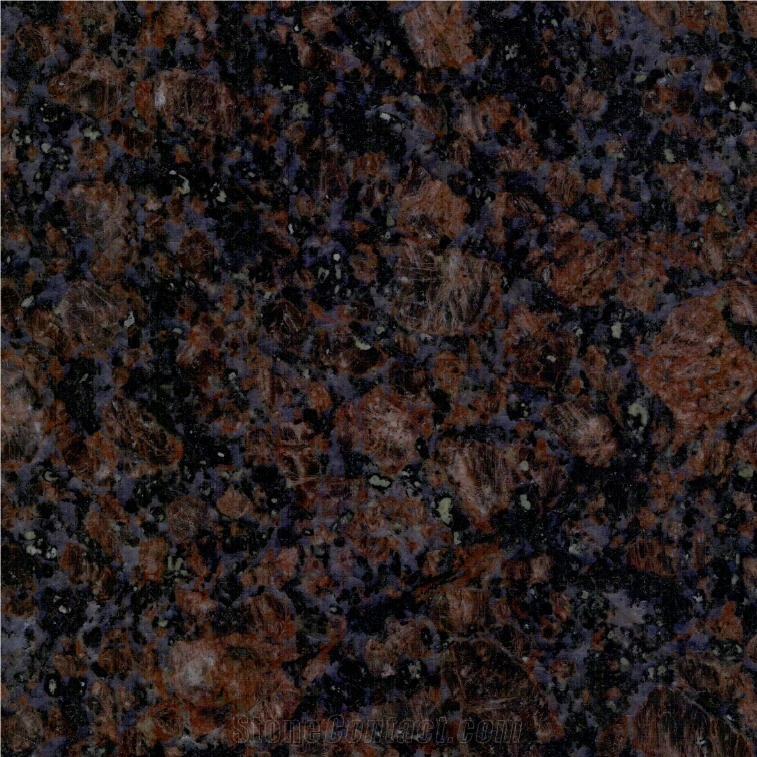
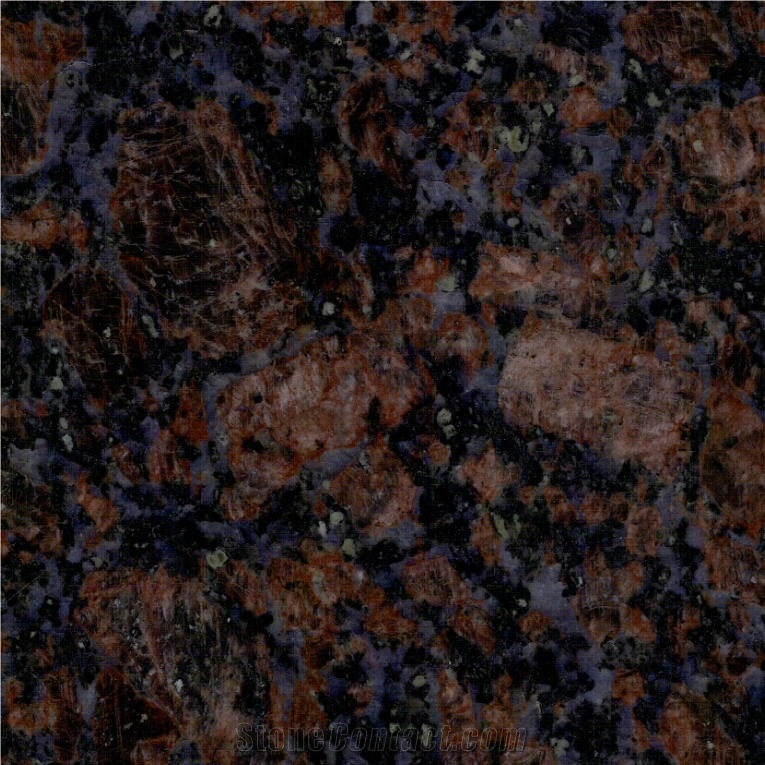
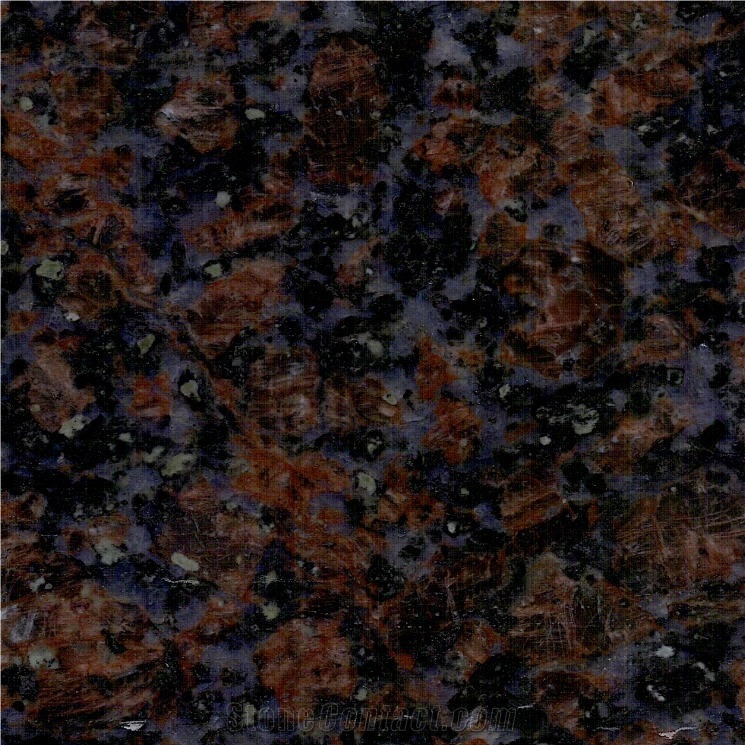
 Ukraine
Ukraine United States
United States